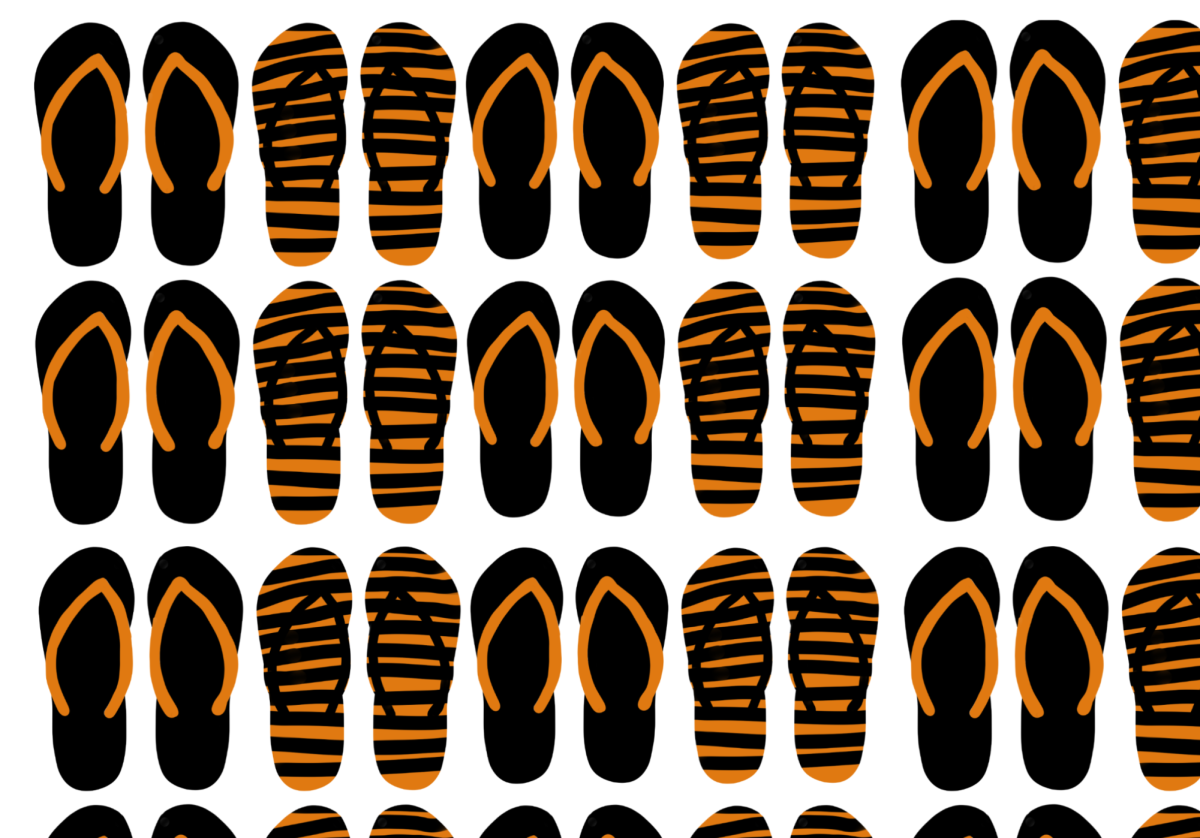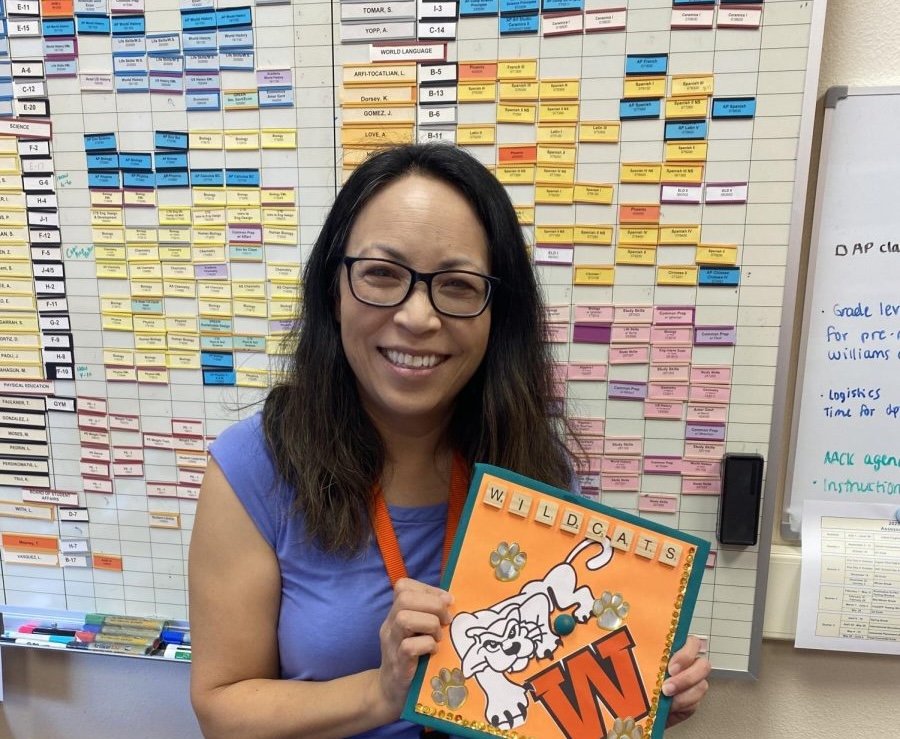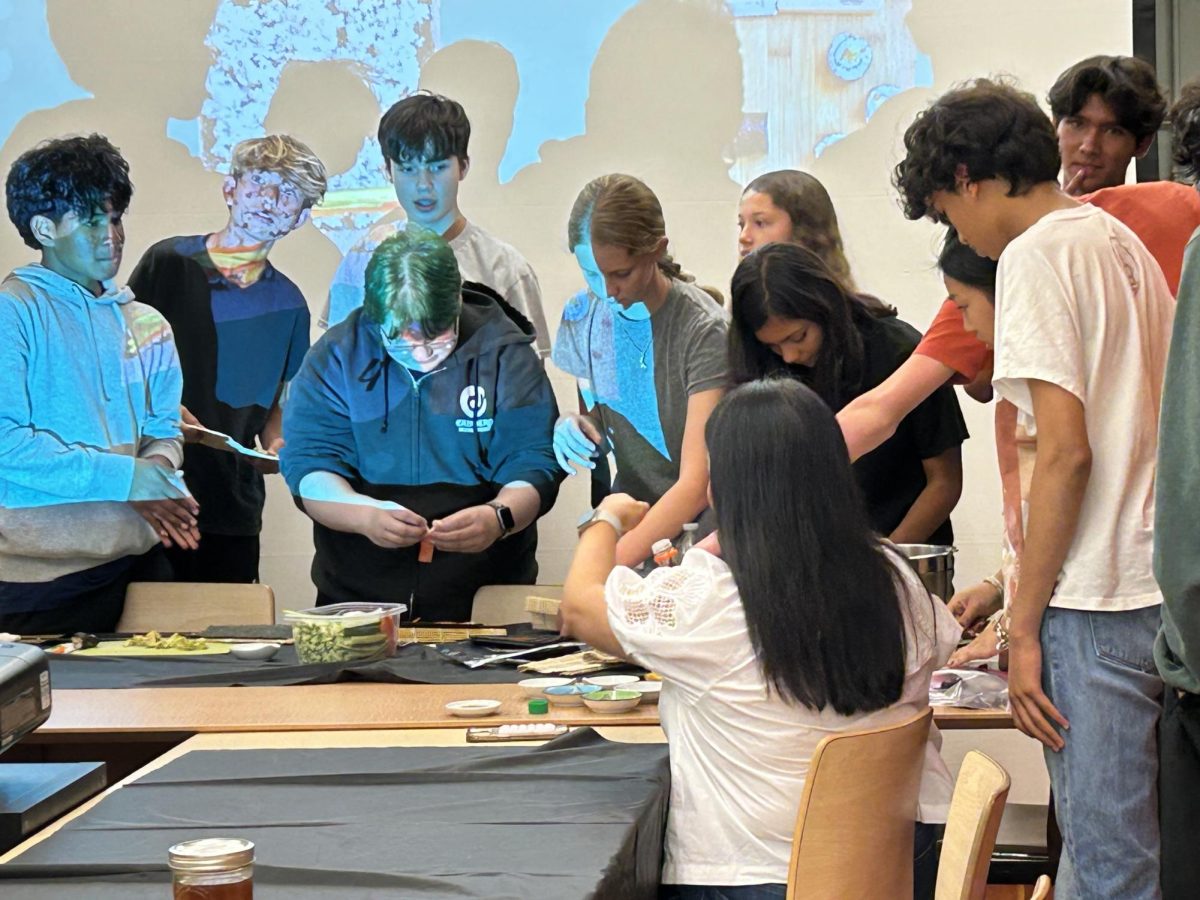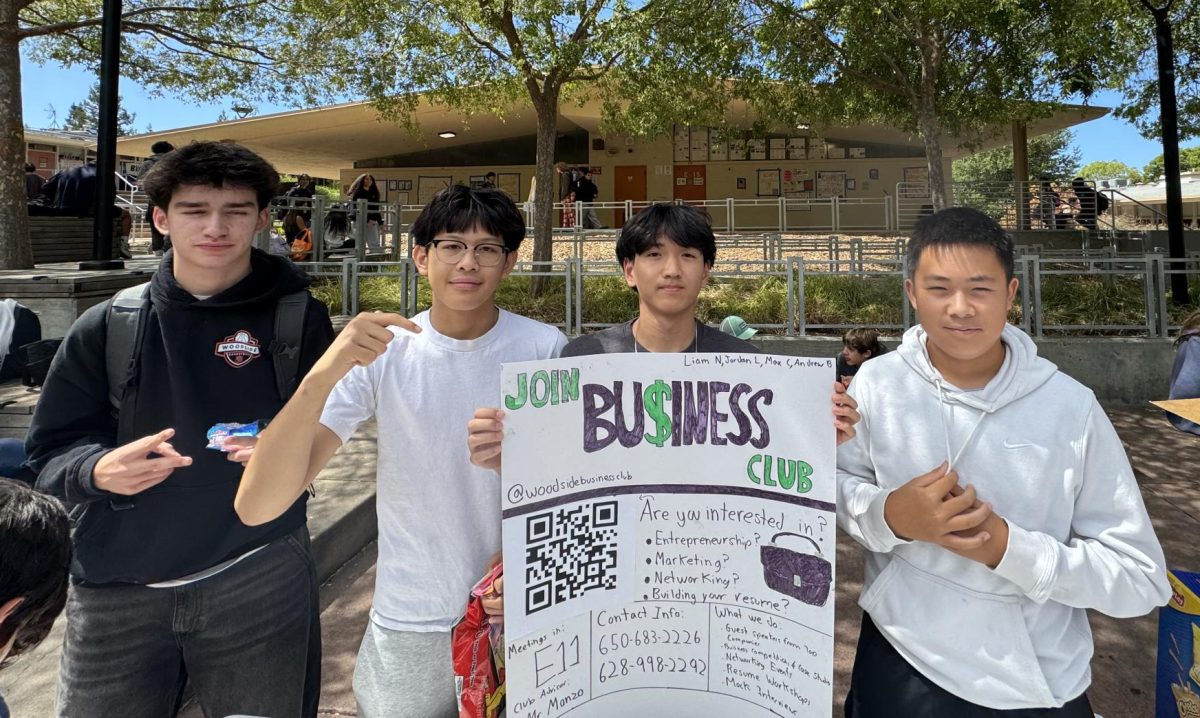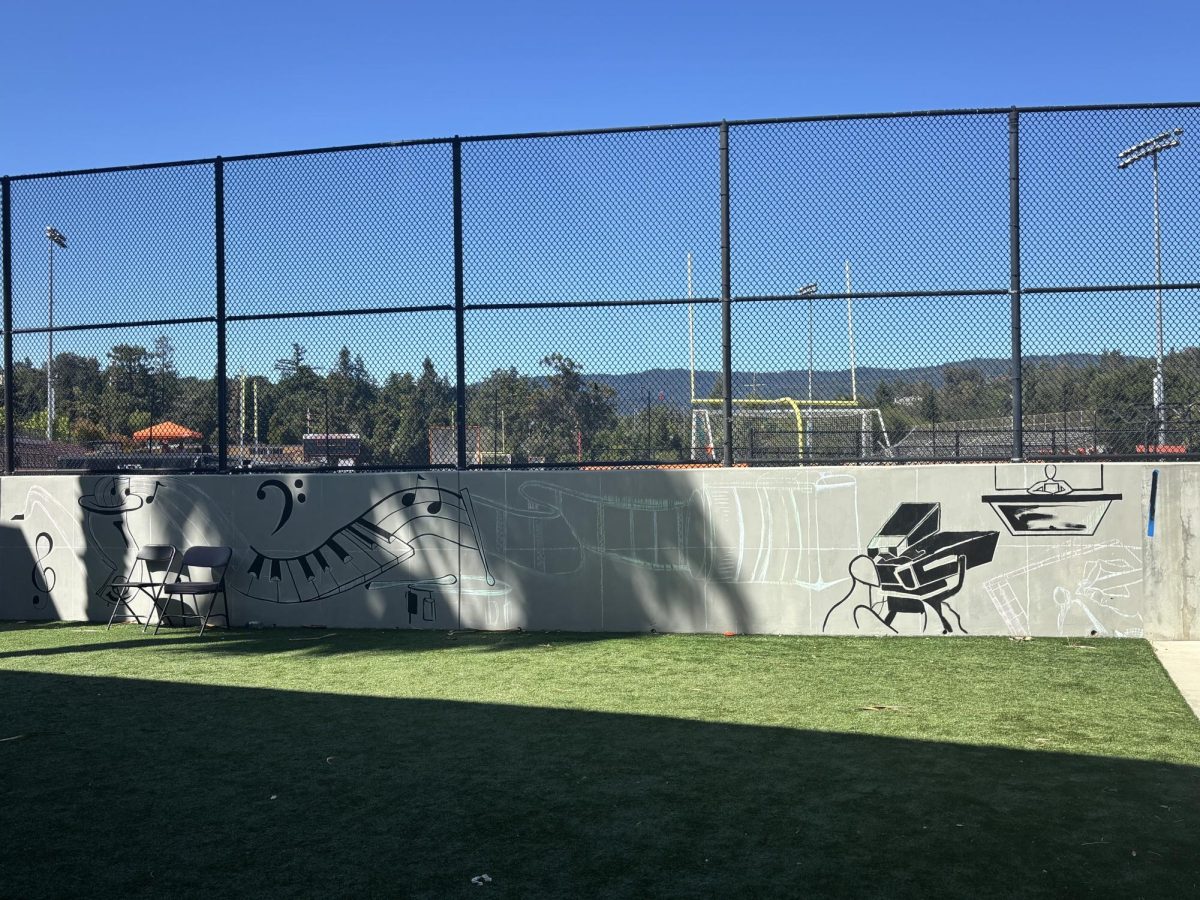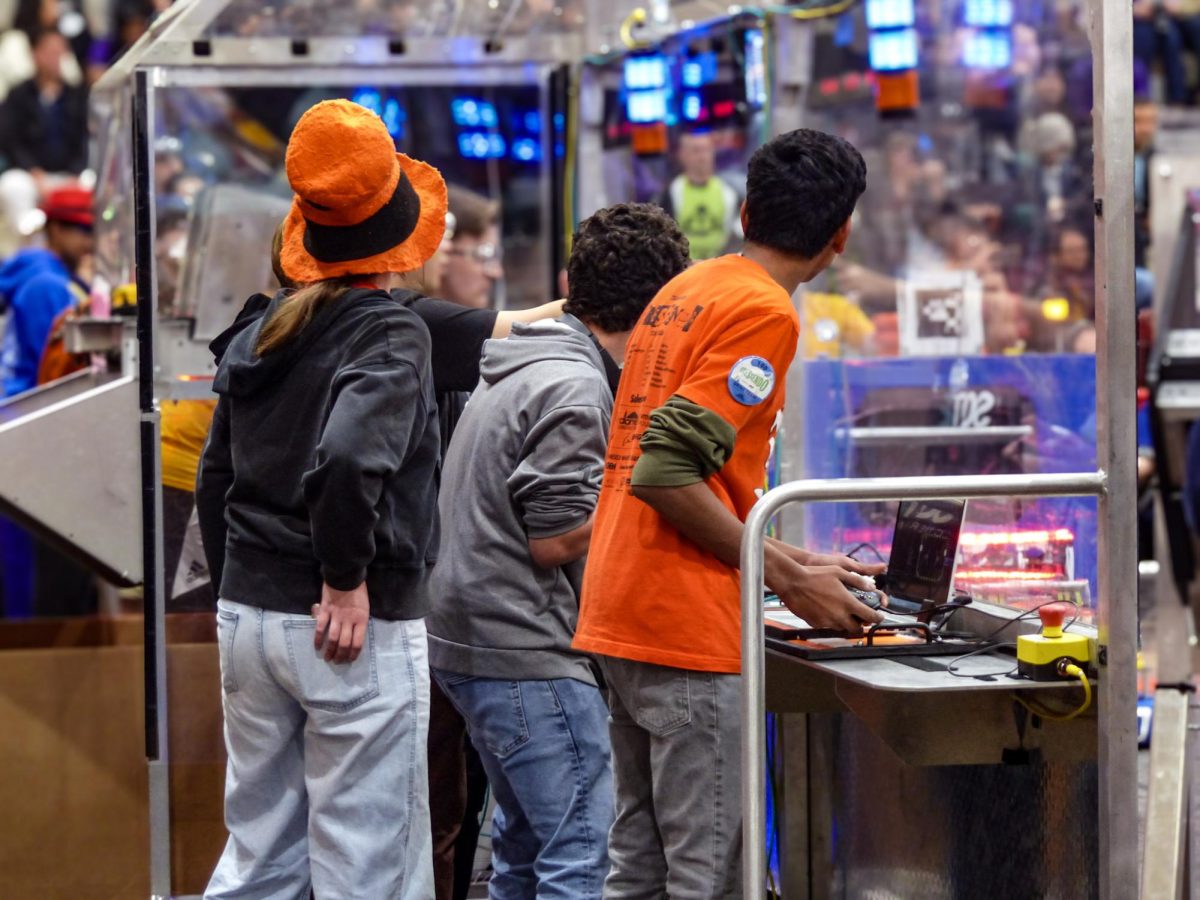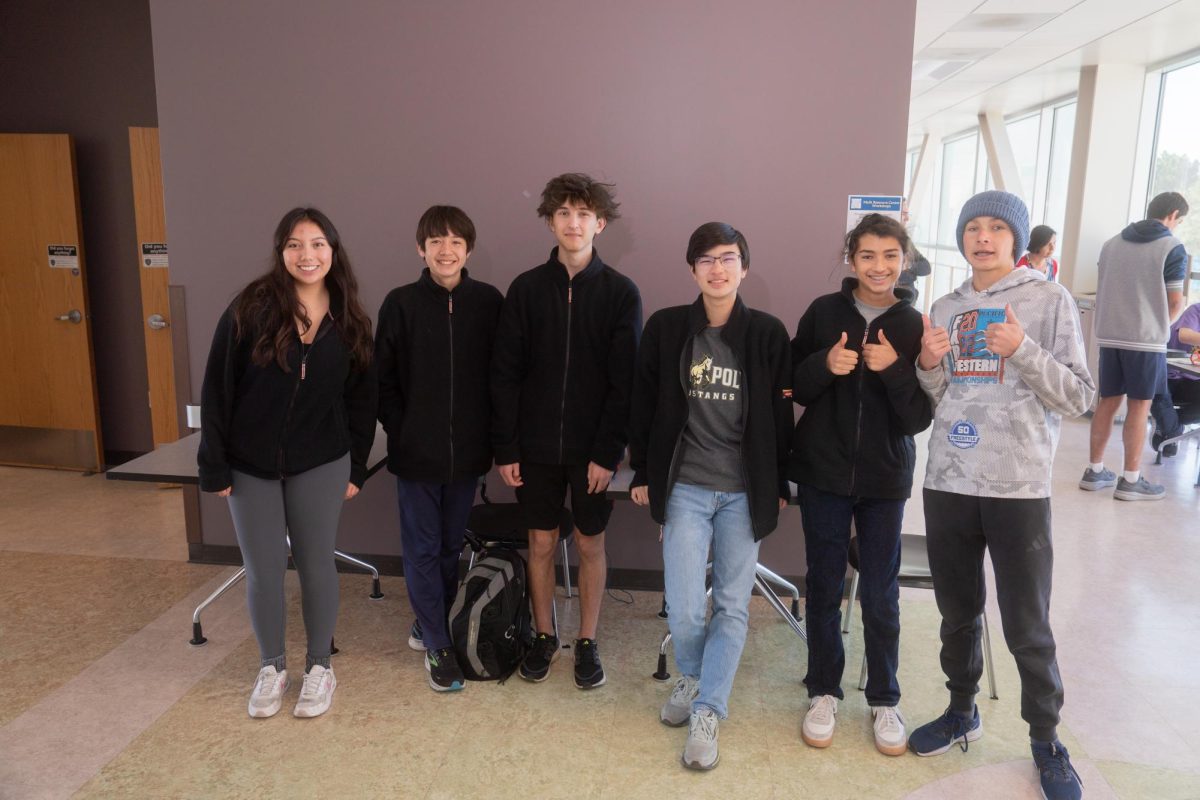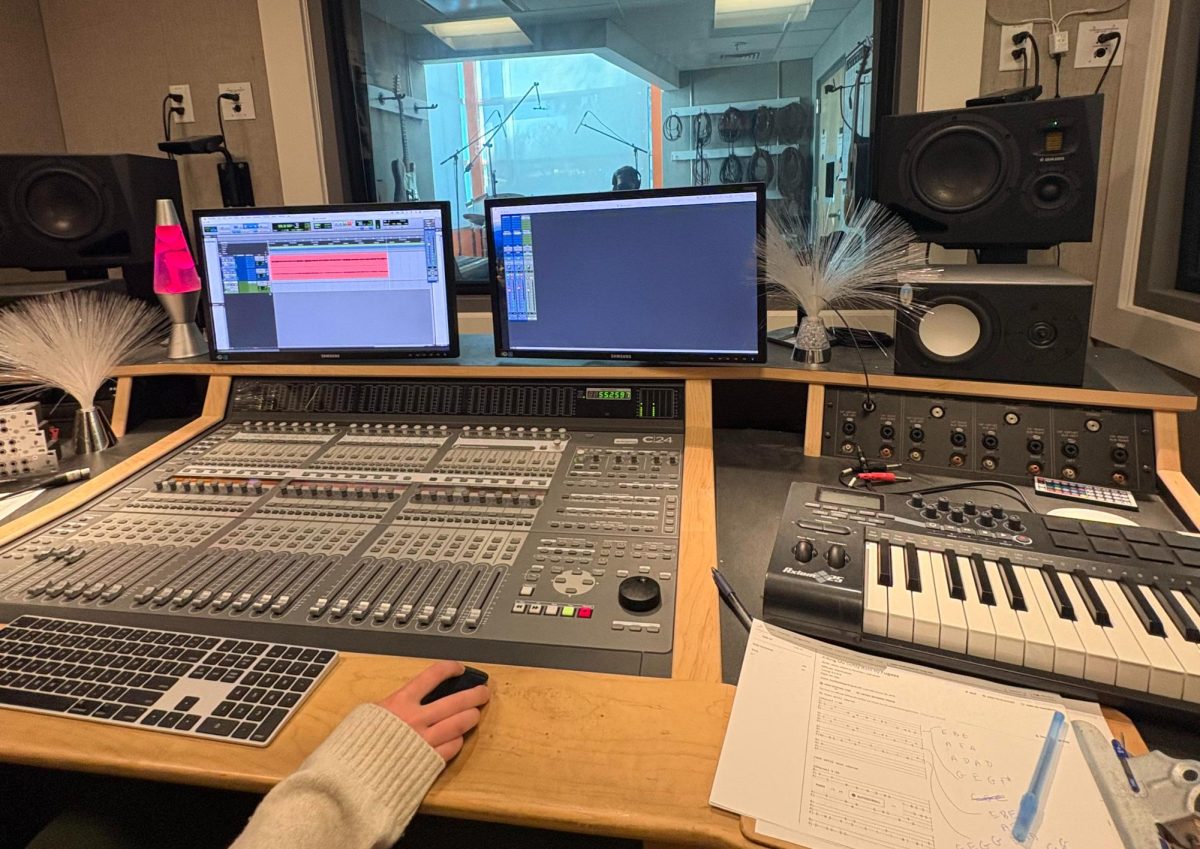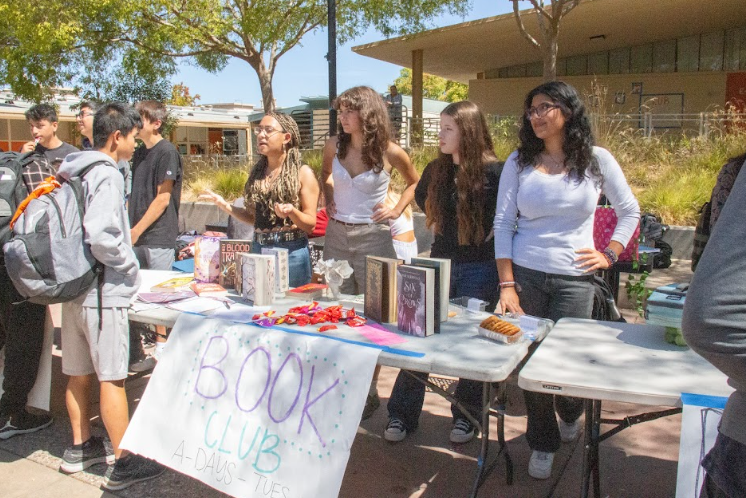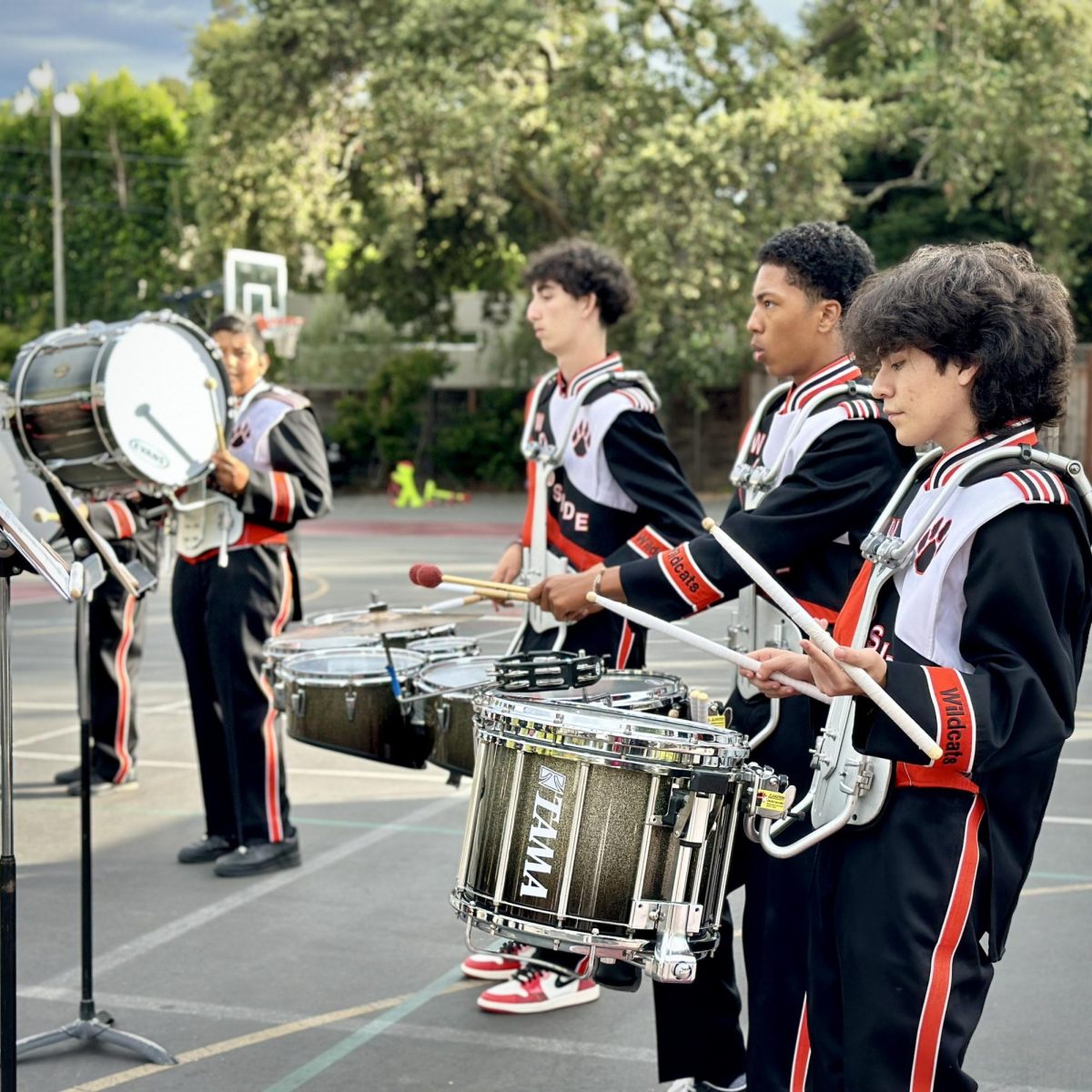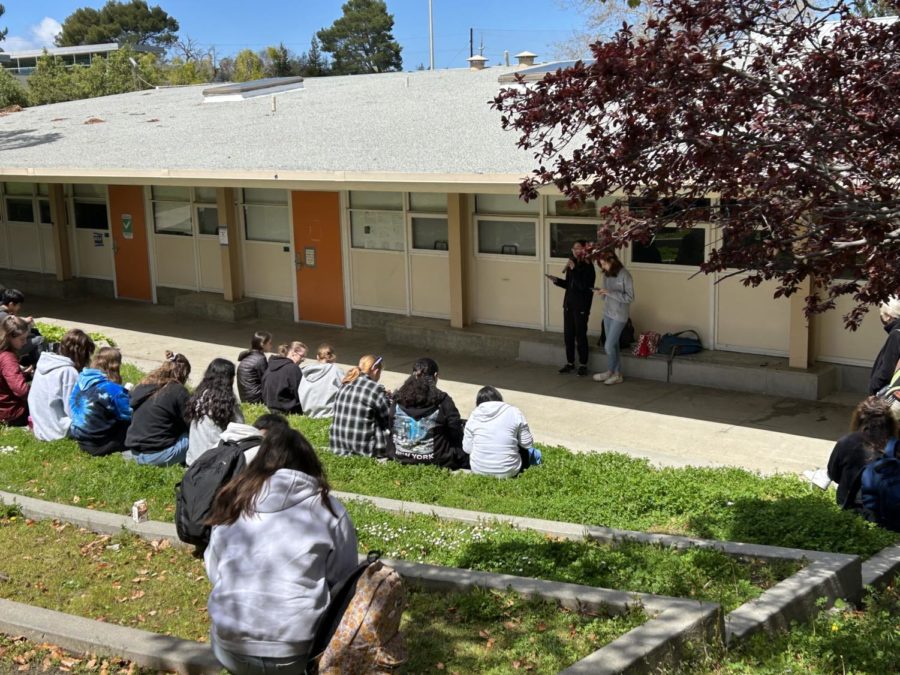When junior and Jewish student Dina Berg stumbled upon drawings that resembled swastikas, symbols of hate towards Jewish communities, on campus, Berg realized something needed to change at Woodside. The inklings of a safe space for Jewish students began to emerge as Berg took the first steps towards creating the Jewish Student Union (JSU) club.
On Wednesday, November 1, students informed administration of two drawings that resembled swastikas, in the H-Wing and in the Quad. From an email sent two days later by Principal Karen van Putten, students, teachers, and community members learned that the drawings were not intended as hate speech but rather a Japanese Buddhist symbol popularized through anime. However, van Putten acknowledges the harm that the drawings caused to community members, no matter the intention of the act itself.
“What I will do is meet with our students and parents in our community,” van Putten said. “That’s my approach to every student or parent who has emailed me. I’m doing my best to engage with them in a conversation. It is not limited to educating around antisemitism. It is educating all of our students about anything that is hateful.”
During the initial stages of the investigation, Administrative Vice Principal and head of facilities Charles Velschow began the process of identifying who created the drawings and the intent behind the action. With the help of law enforcement, Velschow and the school administration were able to deduce the culprit and take the appropriate next steps.
“We always try to identify who was responsible and then eliminate the symbol, after [we’ve] taken a picture [of it] to record it,” Velschow said. “That’s the case for any type of vandalism or graffiti.”
The incident gained traction through the neighborhood social network NextDoor and local newspapers such as the Almanac, Palo Alto Online, and Redwood City Pulse. With the spread of social media, the school administration noticed an uptake in harmful language surrounding the event.
“We also saw something on NextDoor, which was a little frustrating for us because this was kind of taken out of context,” Velschow said. “You have a symbol that’s on the campus, and then they just put it out there and everybody wants to decide what the narrative is.”
However, many students on campus, like Berg, found that the administration’s approach to the symbols did not fully address the consequences or effects the drawings might have had on those targeted by it.
“I feel like they didn’t handle the situation with the seriousness that it was for those of us who were targeted by it,” Berg said.
Berg previously experienced anti-semitic comments in the past, creating a very isolating situation and experience.
“I haven’t dealt with it as much this year except for a lot of comments about Israel, directed at me, as if it’s all my fault,” Berg said.
Following the events on November 1, Berg, along with juniors Olivia Reif, and Carmel Mendes, created JSU to enact a greater sense of community and inspire Jewish culture. While Woodside previously boasted the Star of David Club in 2021, Reif found the environment lacking in a strong community.
“I wanted to find [a club that was] more like my [Jewish] camp and my synagogue [with that] feeling of community [among] people that are like you and that’s not really what I found in that [club],” Reif said.
The club will be held on B-day Thursdays in Spanish teacher Magaret Thomsen’s room, who will co-advise the club with English teacher Jordan Filerman. Filerman encourages all students to join JSU to learn about Jewish traditions.
“As the advisor of the Jewish student union, I hope to create a safe space for our Jewish students on campus as well as [other] students,” Filerman said. “Anyone is welcome to come learn more about the traditions, the culture, [and] what it’s like to be a Jewish American or just a Jewish person in general.”
Moving forward, the school administration hopes that clubs, like JSU, and history classes will provide students with the historical background necessary for ensuring that people are conscientious of their actions.
“I think primarily we [must] lean heavily on education within the context,” van Putten said. “So we really lean on our social studies classes to educate students on the facts and the historical context.”



